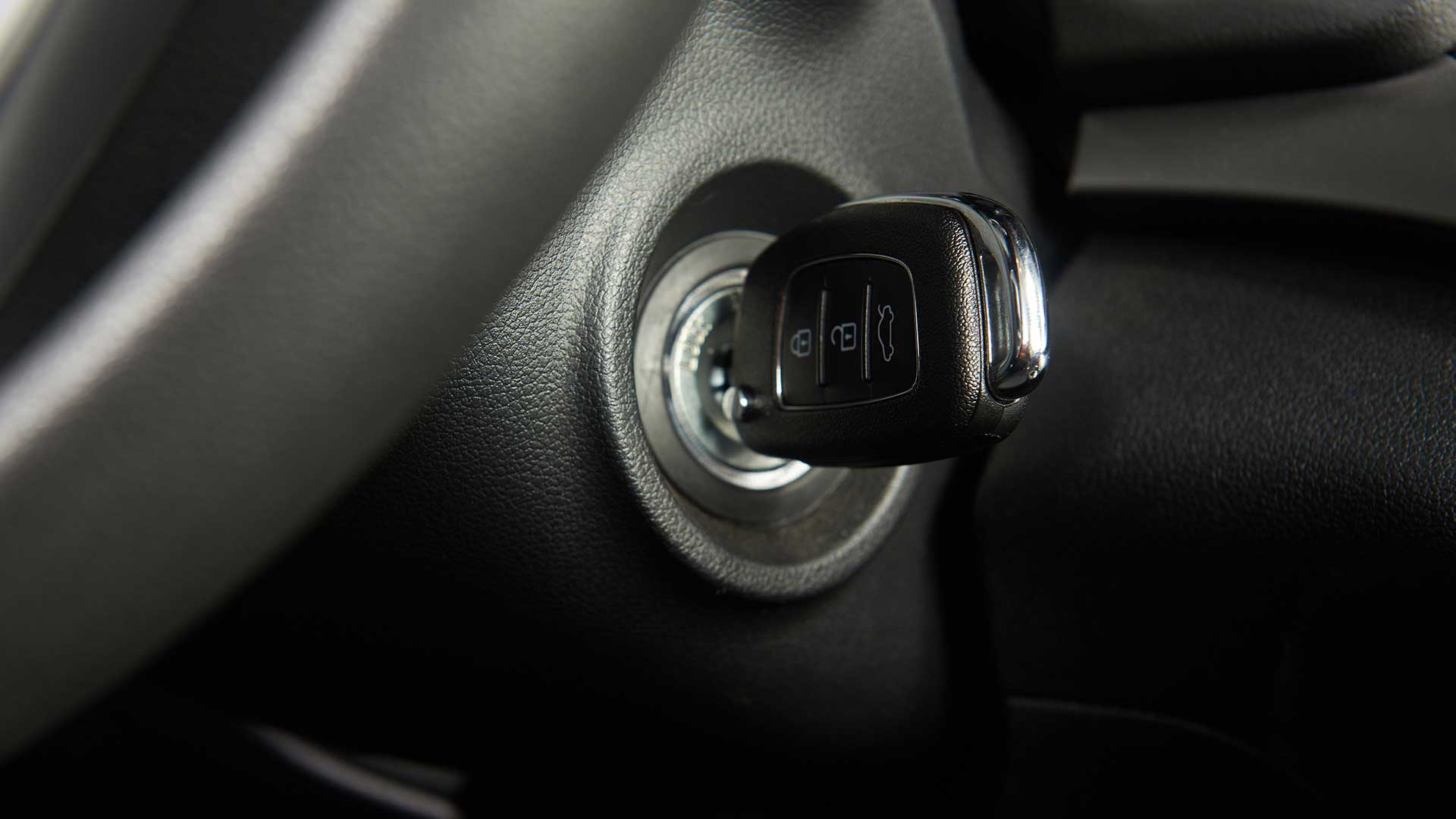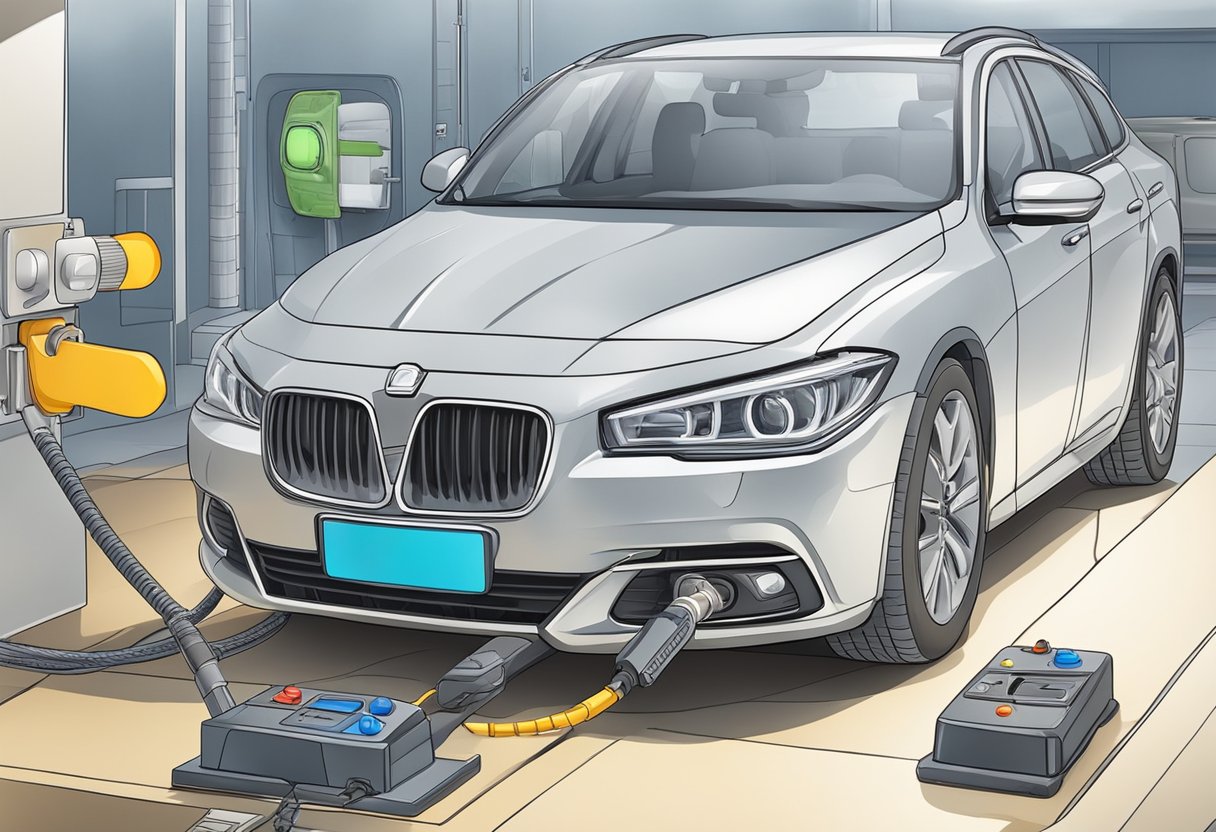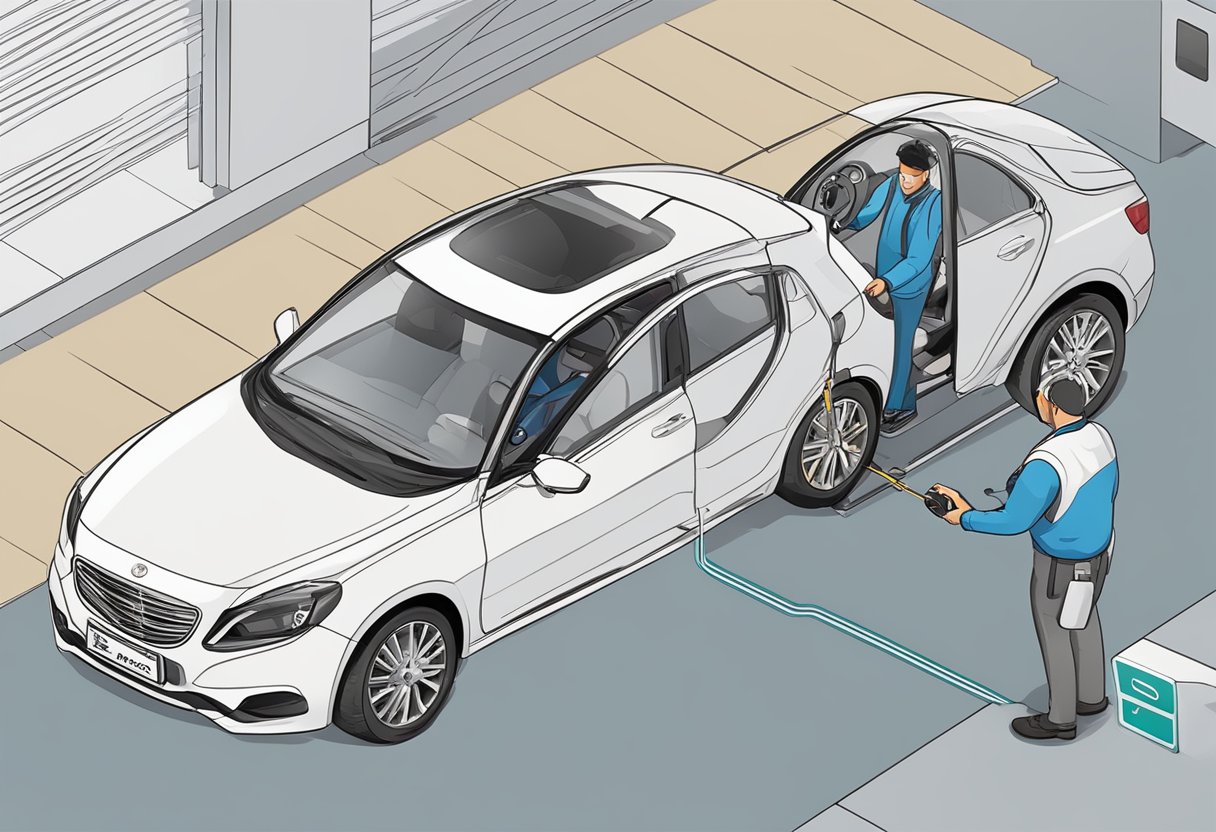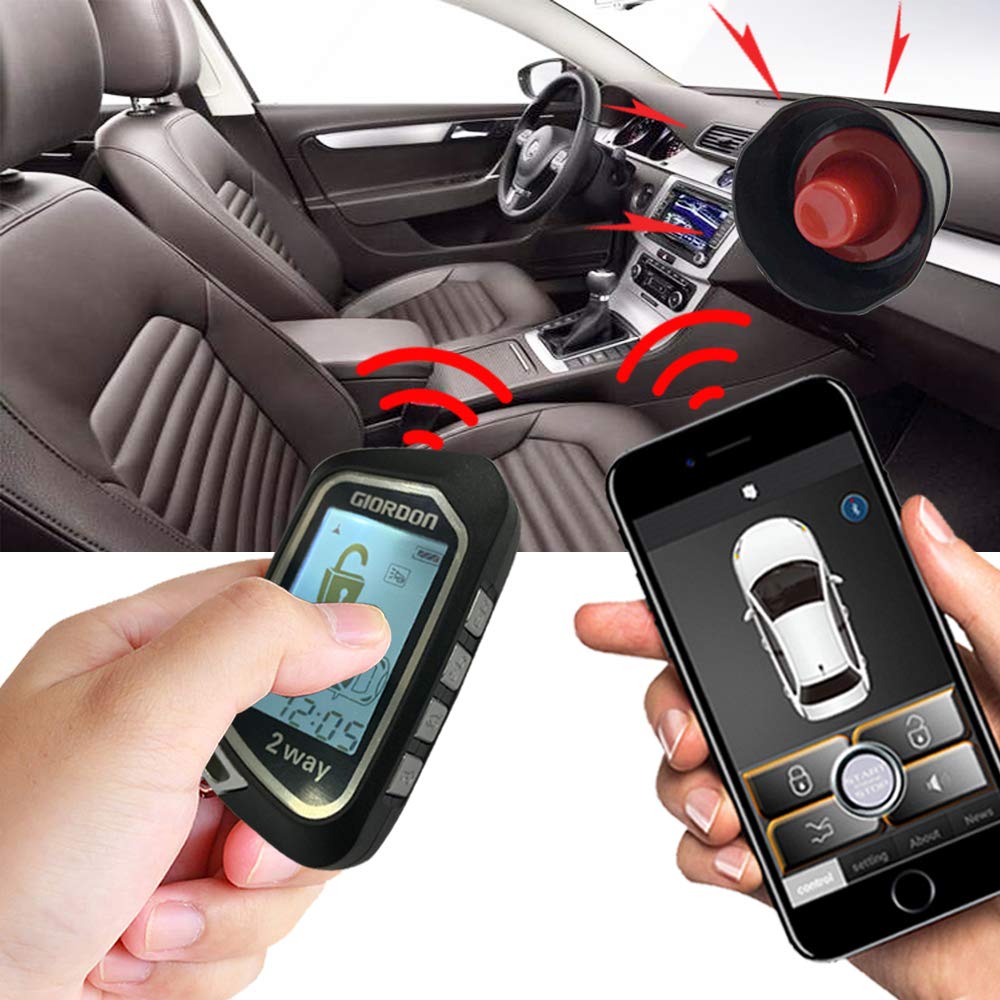What Is A Passive Disabling Device On A Car

The modern automobile is a complex ecosystem of interconnected systems, designed for safety, performance, and convenience. Among the less-discussed, yet increasingly relevant, components is the passive disabling device. Understanding this technology is crucial for drivers, mechanics, and anyone involved in the automotive industry.
This article explores the functionality, purpose, and implications of passive disabling devices in vehicles. It aims to provide a clear, concise explanation of what these devices are and how they impact vehicle security and operation. By examining the mechanics and applications, this article hopes to better inform the public about this integral aspect of modern automotive technology.
What Exactly Is a Passive Disabling Device?
A passive disabling device is an electronic security system designed to prevent unauthorized vehicle operation. These systems automatically activate, or "arm," without requiring any action from the driver. The core function is to immobilize crucial components, preventing the vehicle from being started or moved if tampered with.
Typically, a passive disabling device works by interrupting one or more essential circuits. These circuits may include the starter motor, the ignition system, or the fuel pump. Without these circuits functioning, the engine cannot run, effectively rendering the vehicle useless to a thief.
Key Components and Operation
These devices consist of several key components that work in concert. These include a control module, sensors, and relays. The control module acts as the brains of the system, monitoring the vehicle's status and managing the disabling function.
Sensors detect unauthorized entry or attempts to start the vehicle without proper authorization. When an irregular activity is detected, the control module activates the relays. Relays then interrupt the designated circuits, thus disabling the vehicle.
One common method uses a transponder chip embedded in the key. The vehicle's immobilizer verifies the key's signal before allowing the engine to start. An incorrect or missing signal will activate the disabling function.
Purpose and Applications
The primary purpose of a passive disabling device is to deter theft. By automatically immobilizing the vehicle, it becomes significantly harder for thieves to steal it. This proactive security measure offers a considerable advantage over older systems that required active engagement, like setting an alarm.
These devices are frequently integrated into factory-installed security systems. Many manufacturers have included them as standard equipment on vehicles for several years. This integration provides a seamless and reliable security solution for car owners.
Beyond theft prevention, some applications also include fleet management and usage monitoring. Companies can use these devices to remotely disable vehicles in cases of non-payment or unauthorized use. This added layer of control can significantly enhance fleet security and accountability.
Impact on the Automotive Industry
The introduction of passive disabling devices has had a profound impact on the automotive industry. Insurance companies have recognized the effectiveness of these systems, often offering lower premiums for vehicles equipped with them. This incentivizes the adoption of this technology.
Manufacturers have also benefited from reduced theft rates. Lower theft rates contribute to brand reputation and customer satisfaction. They also allow for a more cost-effective management of warranty claims related to vehicle theft.
However, these devices can also present challenges. Technical issues, such as faulty sensors or control modules, can lead to unintended disabling. This can cause inconvenience and potentially expensive repairs for vehicle owners.
Future Trends and Developments
The future of passive disabling devices is likely to be intertwined with advancements in connectivity and artificial intelligence. More sophisticated systems could incorporate biometric authentication, facial recognition, or fingerprint scanning.
These technologies could enhance security even further. They could also provide personalized vehicle access and control. Another potential development is the integration with smart home or mobile devices.
This integration would allow owners to remotely monitor and control their vehicle's security settings. These trends point toward a future where passive disabling devices are not just reactive theft deterrents, but also proactive security management tools.
In conclusion, passive disabling devices are a crucial component of modern vehicle security. Their automatic operation provides an effective deterrent against theft. While potential technical challenges exist, their overall impact on the automotive industry and vehicle security is undeniable. As technology advances, we can expect these devices to become even more sophisticated and integrated into the fabric of our vehicles.


















